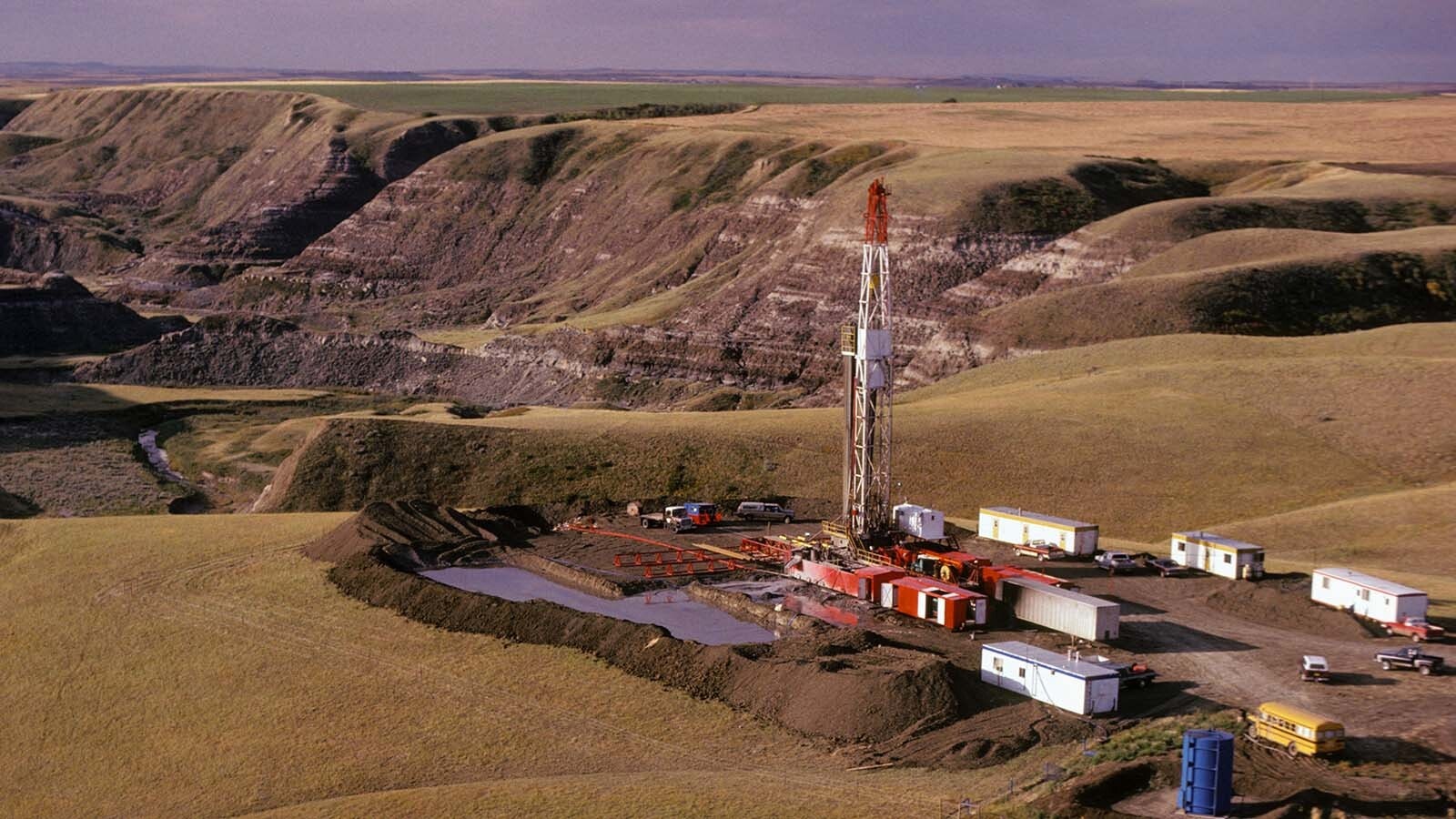A bill before the U.S. Senate would move the siting process of interstate electrical transmission lines to the Federal Energy Regulatory Commission.
The agency would have authority to exercise eminent domain, which means it could take private property by force for the purposes of constructing transmission lines, a process referred to as eminent domain.
In a statement announcing the introduction of the bill, its sponsors — Sen. Sheldon Whitehouse, D-Rhode Island, and Mike Quiglie, D-Illinois — said that providing the power of eminent domain in siting transmission lines would protect landowners.
Multiple Agencies
The hope of the Site Act, as its sponsors named it, is that by having a single federal agency authorizing these projects, it would streamline the process and eliminate barriers that create lengthy processes.
A particularly difficult barrier in building out transmission lines is negotiating right of way agreements with landowners, but permitting across multiple state, local and federal agencies is also lengthy.
For example, the 700-mile TransWest transmission line, which will connect a major wind farm in southern Wyoming to markets in California, took 15 years to permit.
Impossible Task
A Department of Energy study in February estimates that the United States needs 47,300 gigawatt-miles of new power lines by 2035.
Energy expert Robert Bryce breaks down the metric in a substack article and estimates that would require 240,000 miles of high-voltage transmission lines. At current permitting rates, it would take 80 years to complete.
Bryce argues that because of the scale of the expansion, it’s impossible to make it happen, even if the Site Act were to become law. Such an expansion would encounter the limits of the supply chain with transformers, which are facing a severe national shortage, as well as labor shortages that plague the industry.
Even after completing the permitting process, the TransWest project will take five years to construct, according to company estimates.
Eminent Domain
Eminent domain is regularly used to build projects for the public good. This includes oil and gas pipelines and the national interstate highway system. Landowners are forced to give up land and compensated at market value for their property.
A bill was introduced in the last session of the Wyoming Legislature to block the use of eminent domain for feeder transmission lines. The bill managed to pass both the state House and Senate, but Gov. Mark Gordon vetoed it.
The bill only applied to transmission lines used to connect wind farm developments by independent power producers, which are not public utilities. Eminent domain could still be used by public utilities by obtaining a certificate of public convenience and necessity through the Wyoming Public Service Commission.
Sen. Cale Case, R-Lander, told Cowboy State Daily those kinds of transmission lines are quite different from the interstate power lines that FERC would authorize if the Site Act were to become law, and they’re different from those that public utilities build.
Case said eminent domain used for public purposes, like a public utility building infrastructure to support the electrical grid, is different from a private, independent company building a transmission line to support its wind farm.
These types of projects are more like a business using eminent domain to build a road to its offices.
Land Intensity
Transitioning the U.S. electrical grid to run primarily off wind and solar will require not only land for transmission lines, but also for wind and solar farms.
“People are beginning to realize the land intensity of what a renewable future looks like. It’s not just the footprint of the producing facilities. It’s all these connectors and transmission lines, too,” Case said.
This is a point that’s often overlooked by proponents of the energy transition, he said. As an example, he points to a 2018 Scientific American article contemplating a national grid powered by mostly wind, solar, nuclear and some natural gas.
To accommodate the variability of wind and solar, the plan envisions transmission lines crisscrossing the entire country to connect massive wind farms in southern Wyoming to wherever there is a demand for electricity.
“This mega transmission infrastructure that would allow East Coast resources to go clear across the country and vice-versa,” Case said.
He said this still wouldn’t address the intermittency of wind and solar, as was seen during Winter Storm Uri in February 2021, which left large parts of Texas without power for days. There was a widespread wind drought that covered an entire region.
“You’re constantly betting that when you need those resources, they’re going to be available from somewhere else,” Case said.
Cart Before The Horse
Energy author and analyst Meredith Angwin told Cowboy State Daily that the Site Act aims to build out transmission to accommodate all the planned wind and solar projects, so the transmission is being built for the generation capacity.
“It’s putting the cart before the horse because it assumes there’s actually something to transmit,” Angwin said.
The TransWest project, which is in support of the 3,000-megawatt Sierra Madre and Chokecherry wind projects, took a more coordinated approach, Angwin said, as the planning and permitting for the wind farms and the transmission lines were done at the same time.
Traditionally, when a power plant came online, there was the expectation that it would support the cost of the transmission lines. With the green energy build-out, Angwin said, the transmission lines are being built to support generation sources that will come into existence later.
Angwin said the Site Act, if it was to become law, could encourage a lot of transmission-line building without thinking about how the wind energy is going to fit on a grid.
“The idea is we're not going to get more wind farms unless we can get more power lines. So, we've got to make sure that we can permit and build those power lines with minimal interference from the locals,” Angwin said.
Interim Topic
With the governor’s veto of the Wyoming bill last session, Case said that the issue of eminent domain for independent wind farms still remains.
When landowners lease their land for one of these independent wind farms, the landowners get paid well for the use of their land, Case said.
Eminent domain hasn’t been used to build the feeder lines to the wind farms, but the threat is always there, which gives the company leverage when negotiating right away with the neighboring landowners. And they don’t receive the royalties the landowners who have the wind farm get.
The issue is an interim topic for the Agriculture, State and Public Lands & Water Resources meeting next month.
Case said he hopes that a better piece of legislation can be drafted for next year’s session, one that the Legislature and the governor all can support.
Contact Kevin Killough at Kevin@CowboyStateDaily.com





